The iPhone 11/Pro made up almost 70% of US iPhone sales last quarter
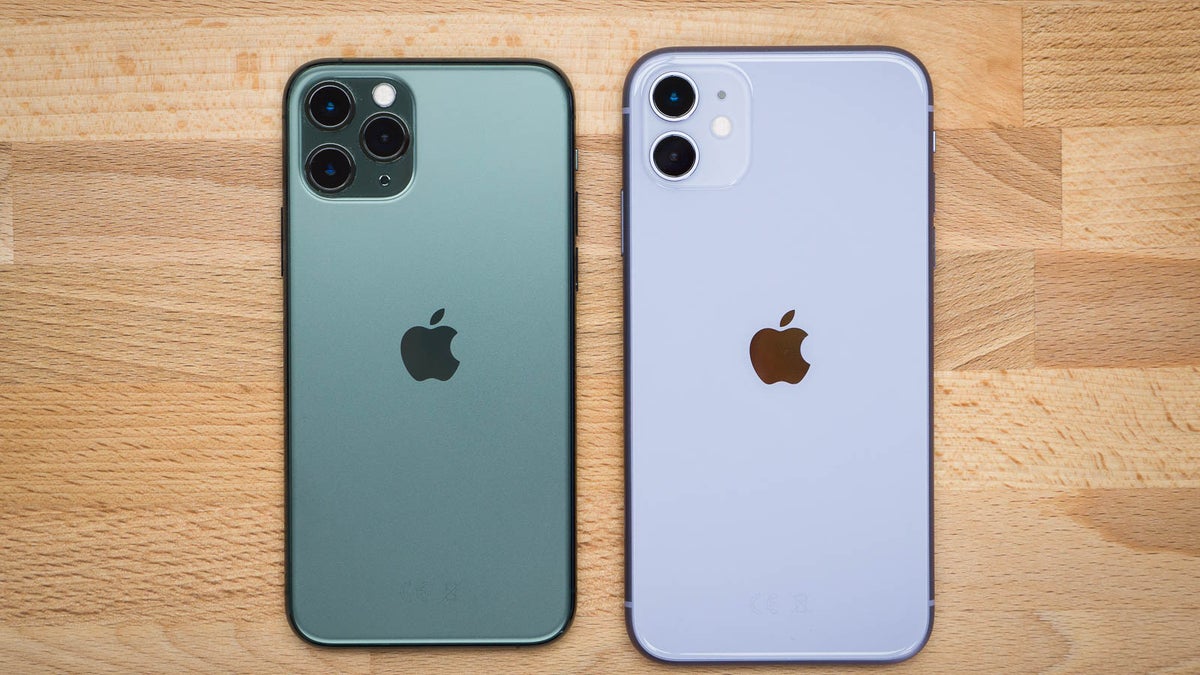
The iPhone 11 and iPhone 11 Pro
The iPhone 11 alone accounted for almost 40% of sales
Between the months of October and December 2019, Apple’s iPhone 11 lineup accounted for a combined 69% of all US iPhone shipments. The standard iPhone 11 model led the way with an impressive 39% of sales while the iPhone 11 Pro and Pro Max followed with 15% each.
- iPhone 13 release date, price, features, and specs
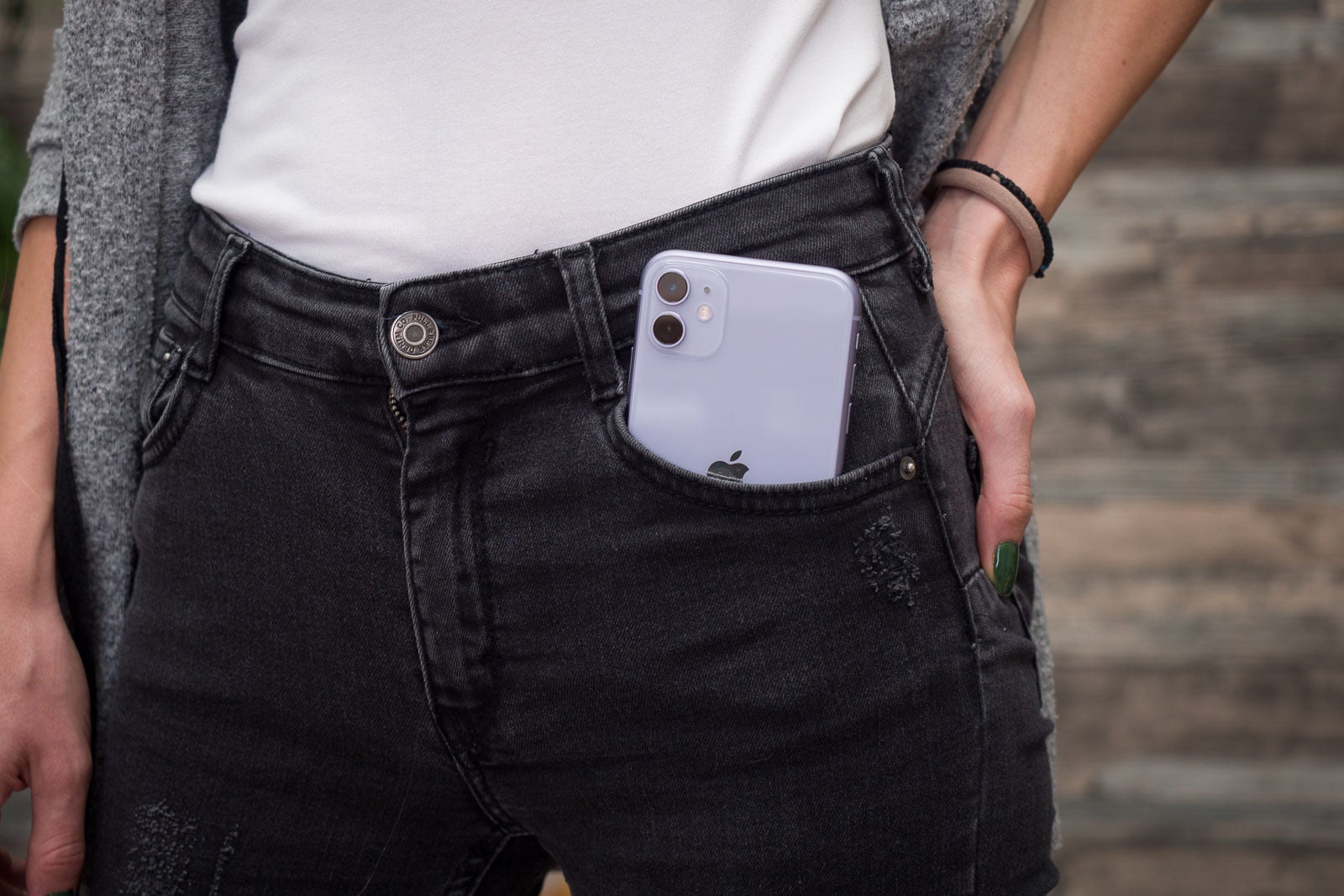
The iPhone 11
As for the remaining 31% of iPhone sales in the US, this was split between Apple’s older devices. The iPhone XR proved to still be in strong demand with an impressive market share of 18% throughout the quarter.
The iPhone 8 and iPhone 8 Plus, on the other hand, accounted for 13% of all shipments. Unsurprisingly, it was the smaller device that proved most popular with 8% of the market compared to the larger model’s 5%.
Apple's average selling price dropped by $30
The distribution of iPhone sales and the important pricing adjustments Apple introduced upon the arrival of the iPhone 11 series has reportedly affected the company’s average selling price negatively.
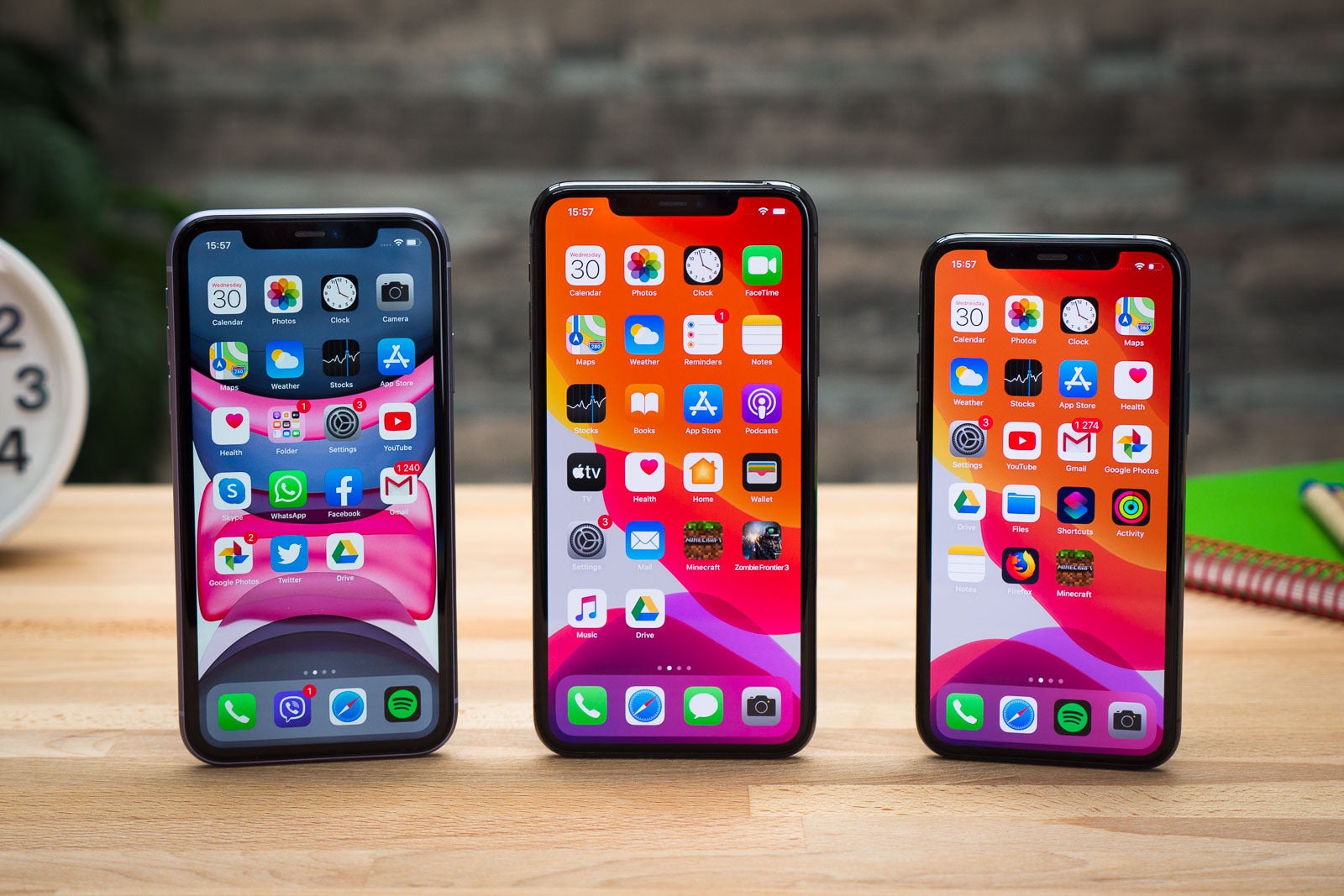
The iPhone 11, iPhone 11 Pro, and iPhone 11 Pro Max
On a more positive note for Apple, the latest numbers do reverse a downward trend during 2019 which saw the average selling price reach just $783 during the third quarter.
The iPhone 9 could shake things up in Q2 2020
The share of iPhone sales is unlikely to change much in the near future but the same can’t be said about the second quarter of 2020. That’s because Apple is expected to launch the iPhone 9 in late March.
The arrival of this particular device should coincide with the discontinuation of the iPhone 8 and iPhone 8 Plus. Demand for the former will be transferred over to the iPhone 9 but the latter’s market share could be split between the iPhone 9 and iPhone XR due to the size difference.
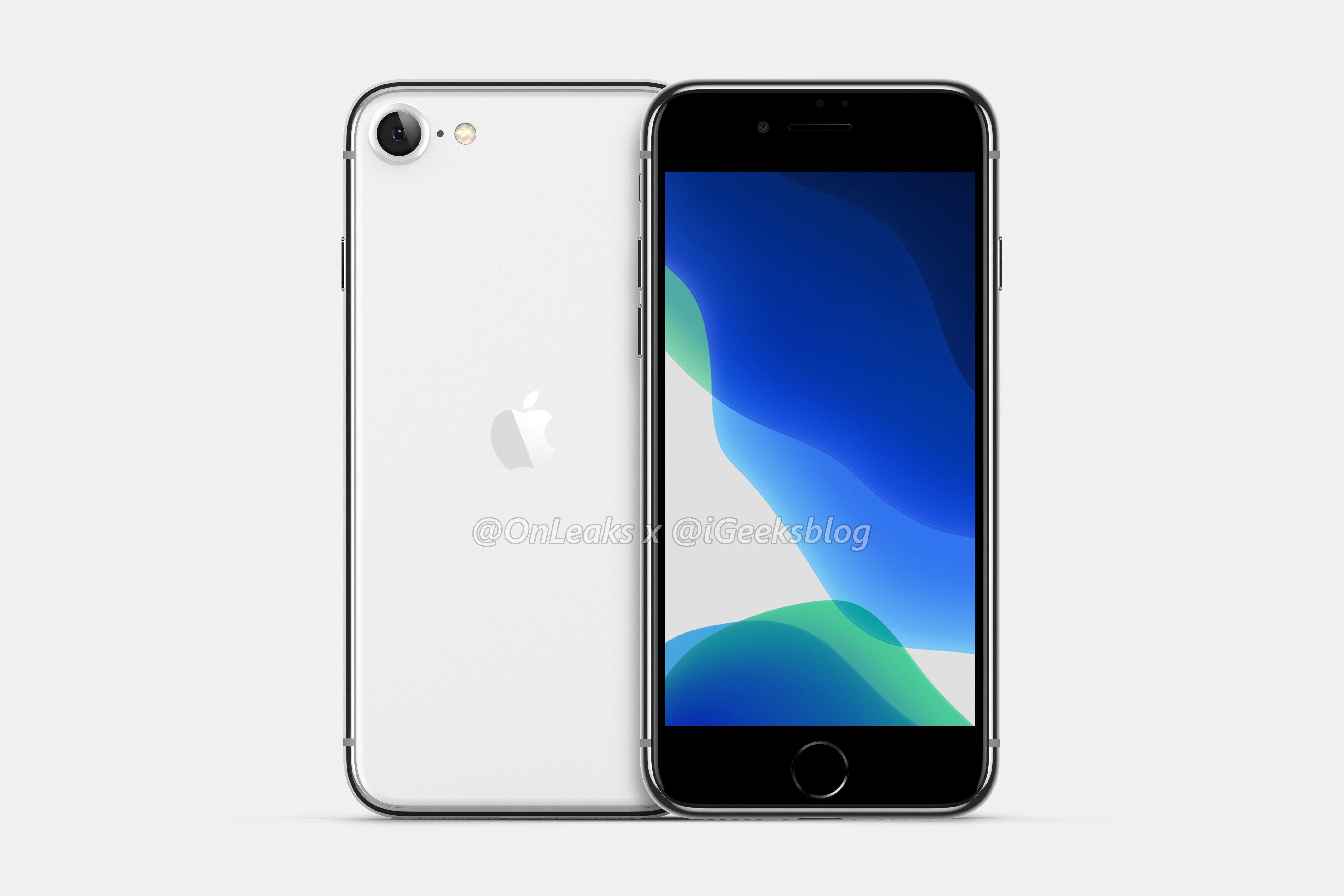
iPhone 9 CAD-based render
What could make the iPhone 9 an even bigger success, however, is its lower price and upgraded internals. After all, Apple is going to be targeting users of the iPhone 6 and iPhone 7 which, despite their age, still account for a pretty large portion of the active installed base.
If everything goes to plan, the iPhone 9 could temporarily become one of Apple’s best-selling devices, although demand is eventually expected to die down.
Follow us on Google News









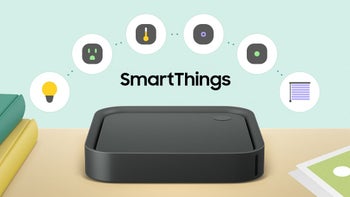






Things that are NOT allowed:
To help keep our community safe and free from spam, we apply temporary limits to newly created accounts: